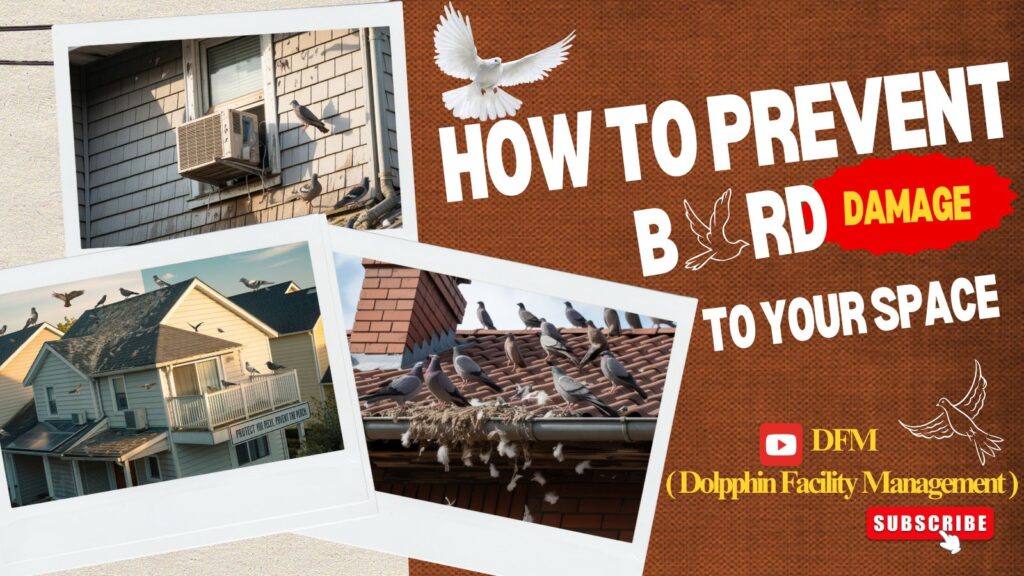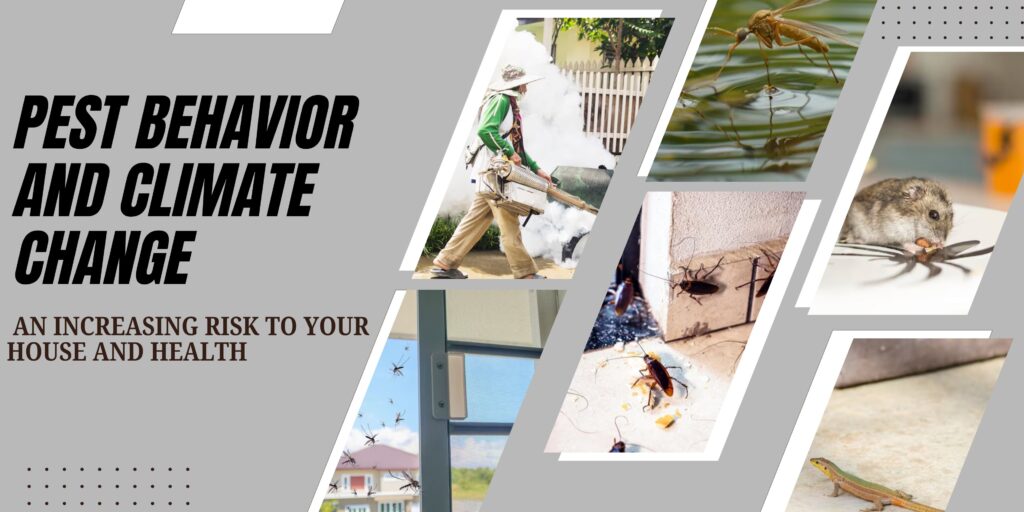A successful business house might become a nightmare due to pest infestations. Finding a trustworthy pest control Company is essential, whether termites are stealthily destroying your property or bugs are interfering with your daily life. But how can you be sure you’re picking the finest option when there are so many to choose from?
IPCA-certified pest control Company are useful in this situation. The Indian Pest Control Association (IPCA) establishes the benchmark for expert pest control, guaranteeing that your area is protected by only the most skilled and moral service providers. Selecting an IPCA-approved company ensures that you will receive superior care supported by knowledge and science.
Choosing a reputable company like Dolpphin Facility Management can make all the difference when it comes to anti-termite treatment and all-inclusive pest control solutions. They provide long-term protection that protects your property safe from damage by using cutting-edge solutions like porous pipes installation and industry-leading termite management techniques.
So why should you rely on termite and pest control company that have been approved by the IPCA? Let’s examine the advantages, cutting-edge fixes, and how choosing wisely now can prevent expensive harm down the road.
Why Choose IPCA?
Not all companies offering pest control services are created equal. You require a solution that is long-lasting, professional, safe, and effective. IPCA-certified pest control businesses offer precisely that.
Why Choosing an IPCA Company for Pest control services
Industry Knowledge: IPCA guarantees that your pest issues are handled by only certified pest control specialists.
Advanced Techniques: Businesses covered by IPCA use termite control and general pest management strategies supported by science.
Strict Safety Standards: IPCA offers solutions that are safe for the environment, your family, and your pets.
Selecting a pest control company that has been approved by the IPCA guarantees that your property will be handled with accuracy, consideration, and professionalism.
Why Is IPCA Responsible for Professional Pest Control Services?
Pest control calls for professional expertise and moral responsibility; it’s not just about sprinkling pesticides. IPCA sets stringent standards for businesses that are certified by it since it takes this seriously.
What distinguishes IPCA-certified providers is as follows:



By using a service supported by the IPCA, you’re investing in a healthier, pest-free environment rather than just getting rid of pests.
Why Do We Need Pest Control Services?
Ignoring pests can have detrimental effects on your property and put your health at danger. Early intervention is essential, whether termites are silently eroding your wooden structures or cockroaches are spreading bacteria.
consider the following dangers of skipping pest control:
Structural Damage: Termites can erode the foundation of your house, necessitating costly repairs.
Health Risks: Disease-carrying rodents and cockroaches can contaminate your home.
Risks to Business Reputation: In commercial settings, insect problems can erode client confidence and lead to monetary losses.
Long-term protection is ensured by routine professional pest control, which keeps your area secure, clean, and structurally sound.
Modern Techniques: Porous pipe Reticulation System to Control Termites
While traditional termite treatments frequently only offer temporary relief, modern technology, such as the installation of porous pipes, guarantees durable, efficient termite prevention.

This cutting-edge technique keeps termites away from your property by continuously forming a chemical barrier beneath.

Even Distribution: Termiticides are distributed uniformly by the pipes, guaranteeing constant protection.
Long-Term Solution: This technique eliminates the need for regular reapplications because it lasts for years, unlike surface treatments.
Safe and Eco-Friendly: Reduces environmental and human exposure by using controlled chemical release.
Porous pipes reticulation system is the way of the future for termite treatment if you’re searching for a state-of-the-art way to deal with termite infestations.
In conclusion
Pest control is a continuous necessity rather than a one-time task. Selecting a pest control company with IPCA ensures professional, responsible, and efficient services that protect your house and place of business.
Long-lasting protection is ensured by Dolphin Facility Management’s expertise in pest management, anti-termite treatment, and cutting-edge technologies like porous pipe reticulation system.
Invest in high-quality pest treatment now to enjoy a safer, healthier environment before bugs take over!
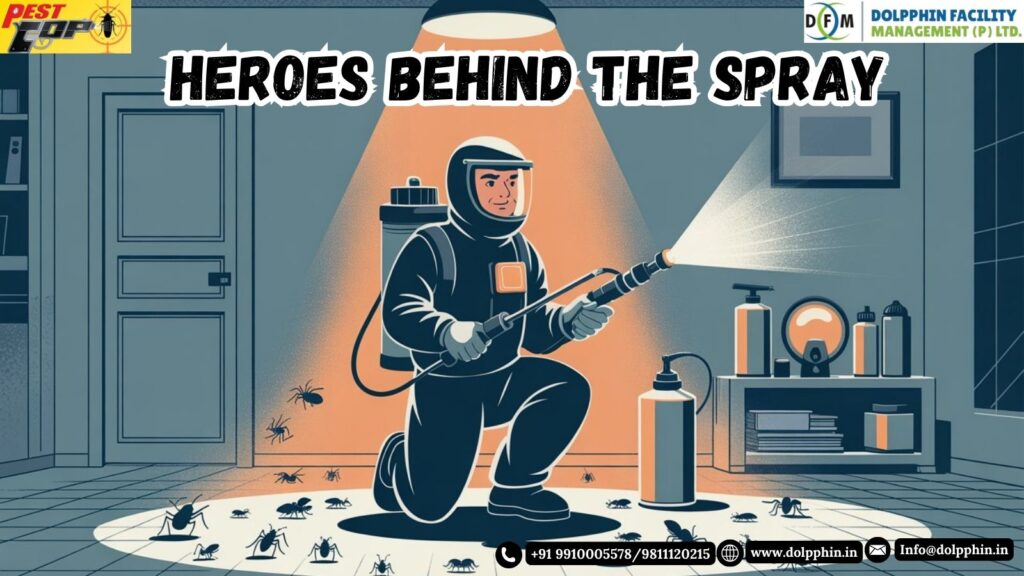
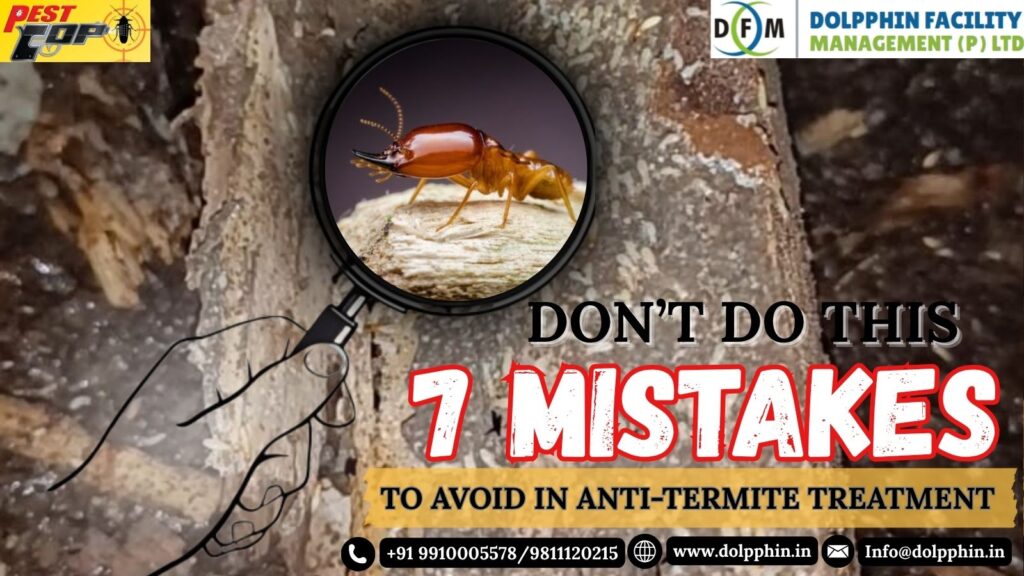
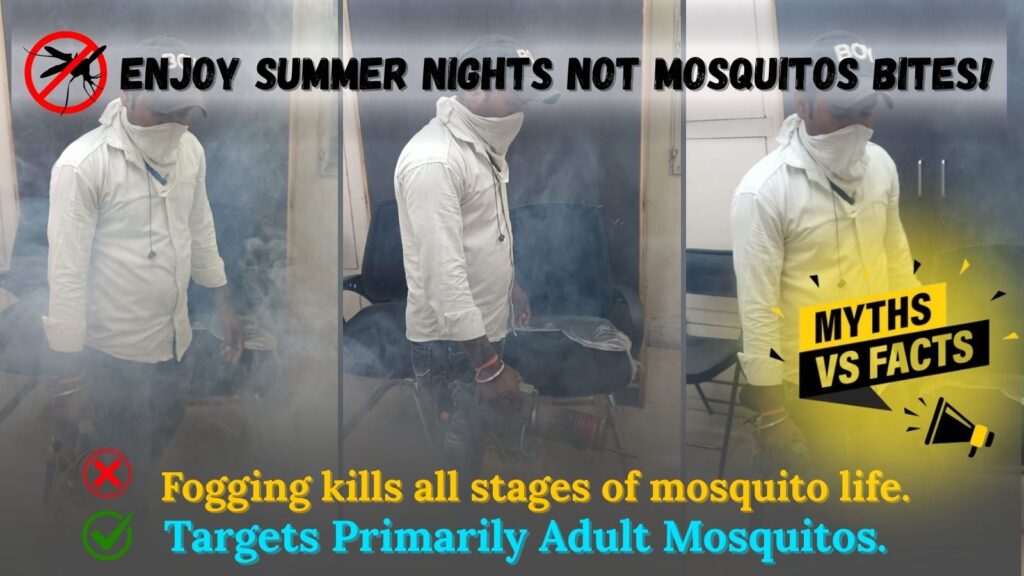
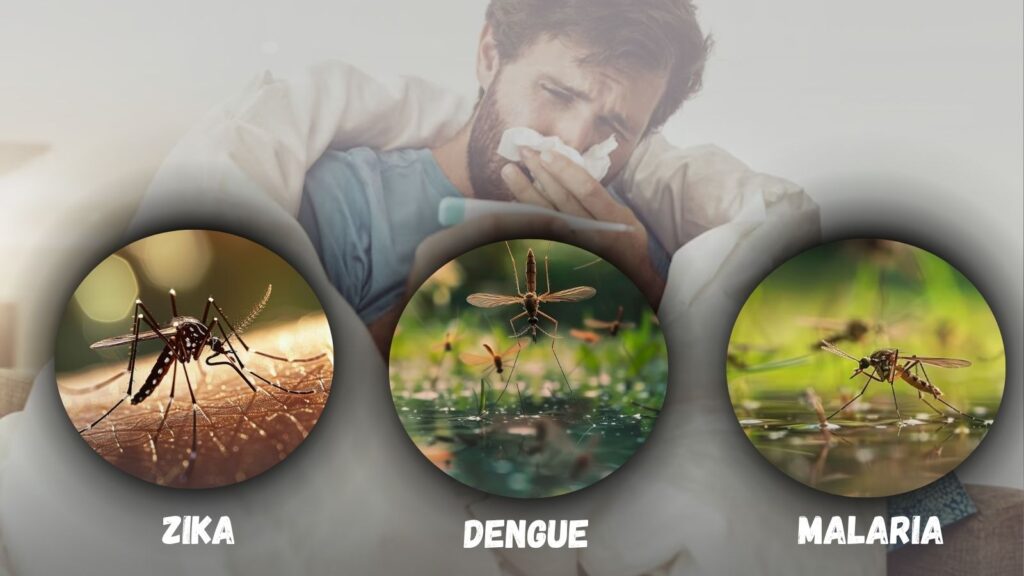
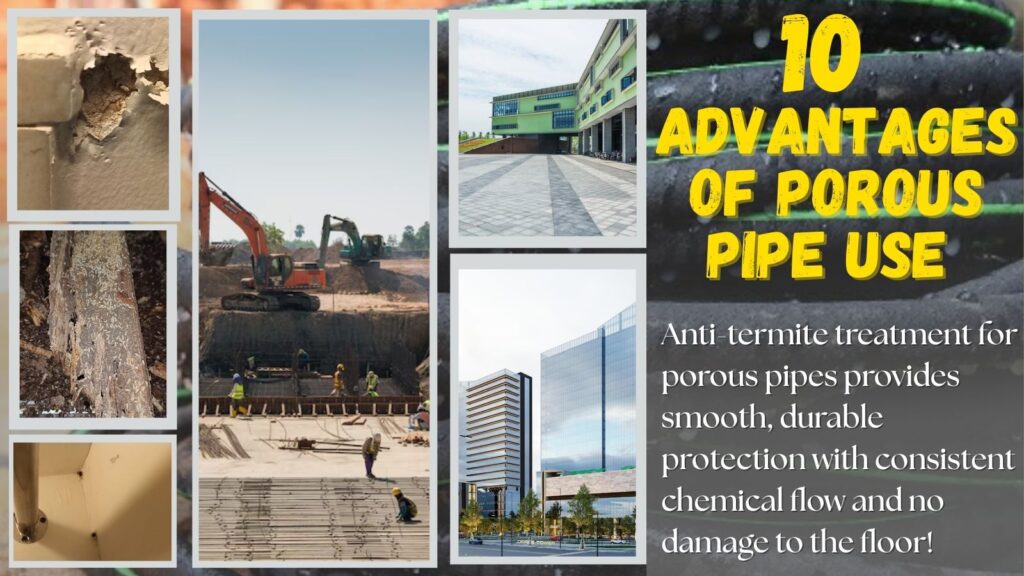
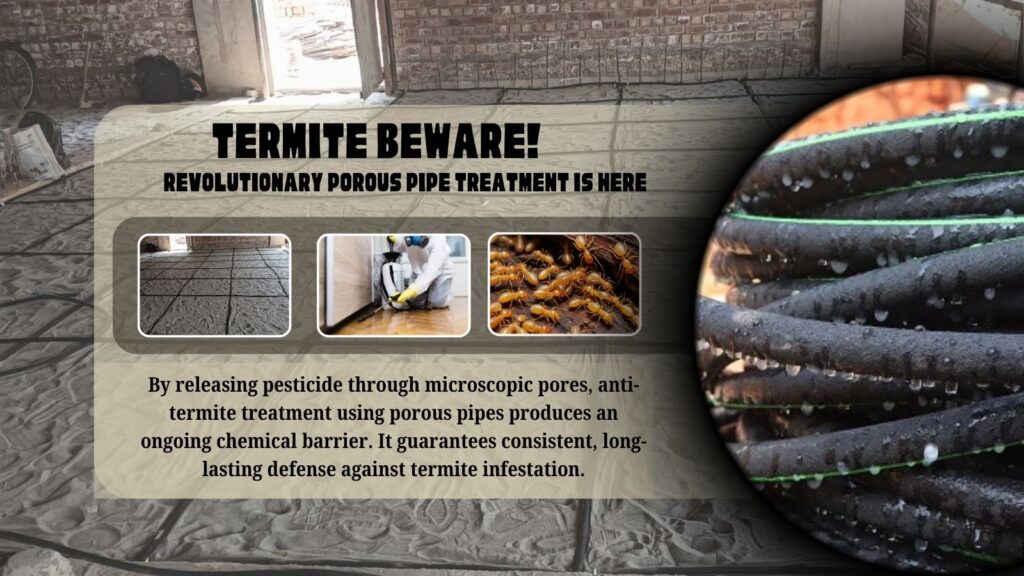
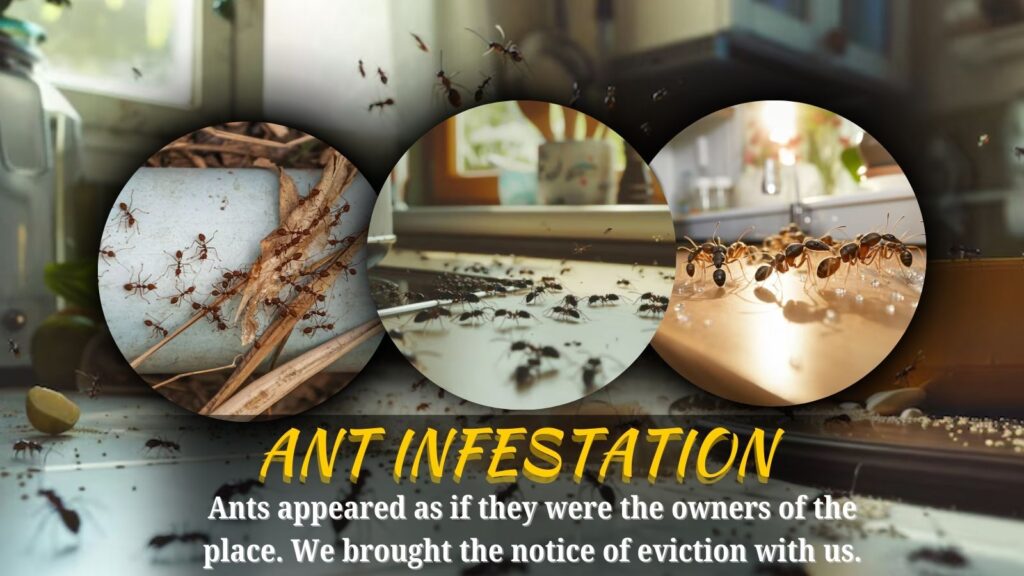
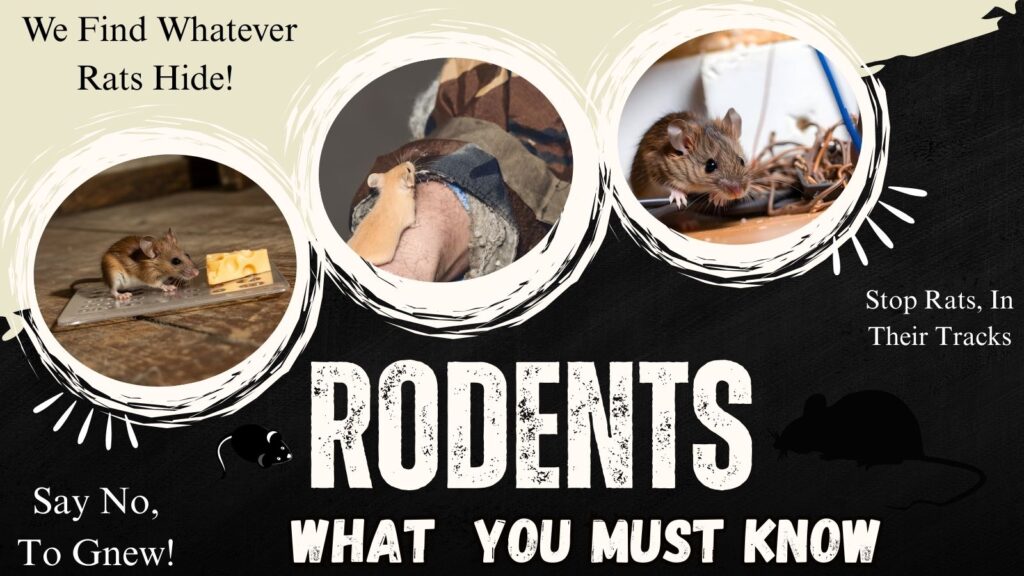
 Eco-friendly and secure therapies
Eco-friendly and secure therapies